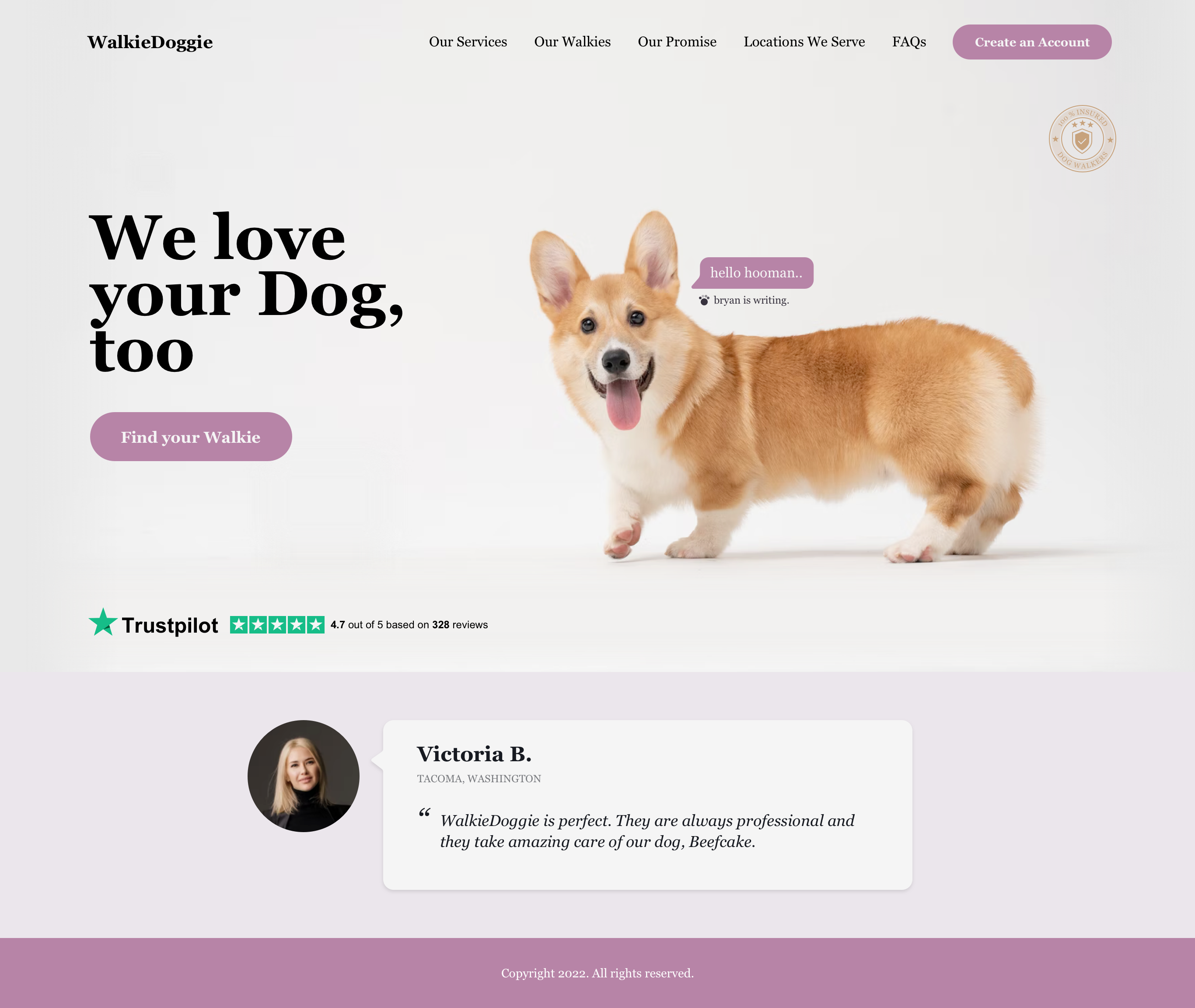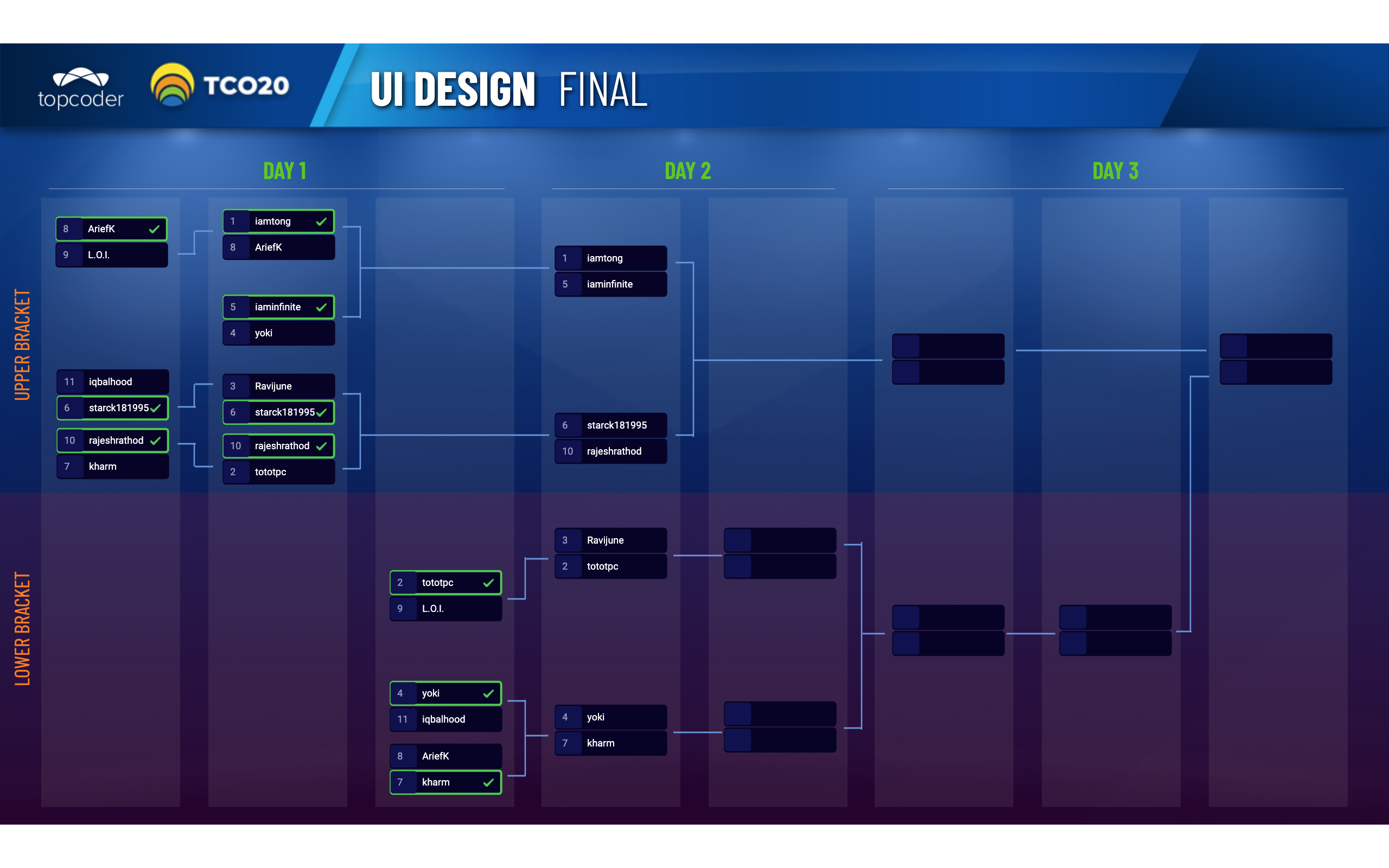August 29, 2024 The 5G Revolution: Transforming User Experience Design
The digital landscape is up for a big shift with the of 5G technology. As we embrace this new era, understanding and integrating 5G capabilities into user experience (UX) design is essential for staying ahead of the curve. Let’s explore how 5G is set to revolutionize UX design and what it means for both designers and users.
Lightning-Fast Speeds

5G promises speeds up to ten times faster than its predecessor, 4G. This leap means that high-resolution videos, complex 3D graphics, and real-time interactions will become the norm. UX designers must adapt to these changes, ensuring that applications are optimized to deliver seamless experiences. Imagine a world where buffering is a relic of the past and users can interact with high-definition content instantaneously. This demands a big attention to detail and a commitment to leveraging these speeds to improve every aspect of the user journey.
Immersive AR & VR Experiences

The capabilities of 5G extend far beyond faster downloads and smoother streaming. It ushers in a new era of augmented reality (AR) and virtual reality (VR) experiences. Picture AR shopping where users can virtually try on clothes or VR gaming that feels incredibly lifelike. These innovations require UX designers to create interfaces that are not only visually appealing but also intuitive and responsive to the nuances of AR and VR interactions.
Super-Personalized Interactions

Real-time data collection enabled by 5G opens the door to unprecedented levels of personalization. Applications can now anticipate user needs with remarkable accuracy, offering tailor-made experiences that resonate on a personal level. UX designers will need to take advantage of this potential, creating adaptive designs that respond to user behavior in real-time. The challenge lies in balancing personalization with privacy, ensuring users feel valued without feeling surveilled.
Seamless Multi-Device Connectivity

5G’s ability to synchronize data across multiple devices promises a harmonious digital ecosystem. Whether it’s smartphones, wearables, or smart home devices, users will expect seamless transitions and consistent experiences. UX designers must focus on creating cohesive interfaces that deliver a unified experience across all platforms. This requires a deep understanding of how users interact with different devices and the ability to design flexible yet consistent user interfaces.
Innovative Multimedia Experiences

The multimedia capabilities supported by 5G will transform how content is created and consumed. High-quality video, audio, and interactive content will become the standard, pushing UX designers to innovate continuously. Designers must stay ahead of the curve, exploring new ways to integrate multimedia elements that captivate and engage users. This could mean interactive videos, immersive audio experiences, or dynamic content that adapts to the user’s context in real-time.
The Future is Now
5G is not a distant promise; it’s an imminent reality that will reshape the digital landscape. For UX designers, this is an exciting frontier filled with opportunities to revolutionize how users interact with technology. The potential is limitless, but it requires a proactive approach to understand and integrate these capabilities into design practices.
Embracing 5G technology in UX design can elevate user experiences, safeguarding brand reputation and enhancing user satisfaction. The key is to stay informed, be adaptable, and continuously innovate to meet the evolving expectations of users in a 5G world.

DaraK
Guest Blogger


